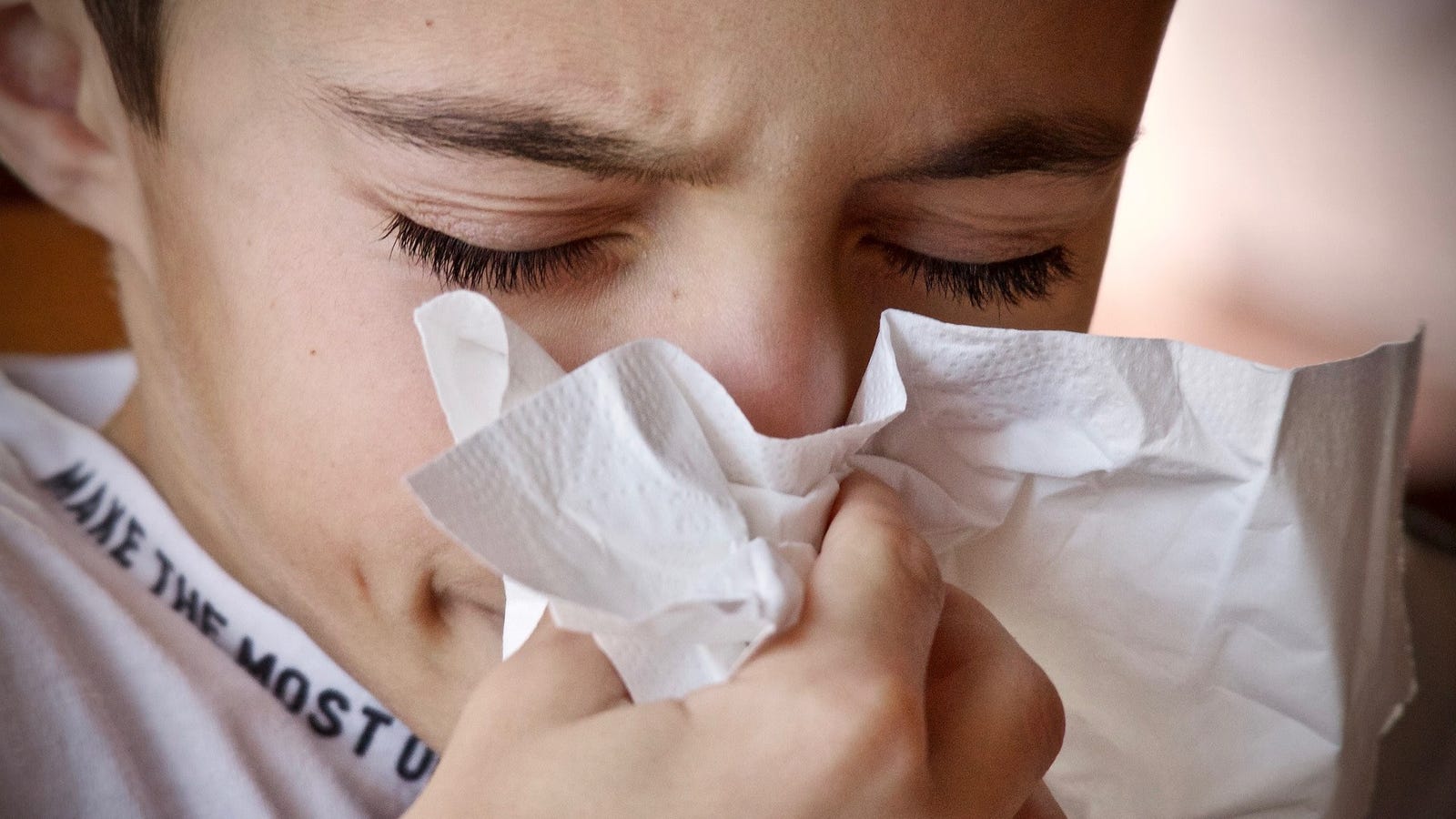
First, take a deep breath. Do not panic. Chances are, almost everybody who is reading this article does not have measles. But you may want to know what to do if that statistical outlier is you (or your child).
Know the most common early symptoms
Measles is most famous for its rash of tiny red dots, but the rash doesn’t show up until you’ve had other symptoms for three to five days. The CDC lists the common early symptoms as:
Advertisement
- High fever (may spike to more than 104°F)
- Cough
- Runny nose
- Red, watery eyes
Before the rash appears on the skin, tiny white spots called Koplik’s spots can sometimes be seen inside the mouth. (These are a helpful clue to doctors, but google image searching mouth rashes is probably not the best use of your time if you think you have measles. Call the doc already.)
Advertisement
Symptoms usually take 7 to 14 days to begin to show. In the meantime, you may not know you’ve been exposed, but you can start to become contagious several days before you notice symptoms.
Location matters
You have to catch measles from somewhere. If you live in one of the places with a current measles outbreak, your doctor will be a lot more suspicious of a fever and rash than they would in an area that’s hundreds of miles from any known case.
Advertisement
If there are no measles cases nearby, you may want to think about whether you have recently traveled to a place with an outbreak. Recent international travel can also put you at risk: the CDC currently has measles travel advisories for Israel, Ukraine, Japan, Brazil, and the Philippines.
Call your doctor, but don’t visit in person
The last thing any doctor wants in a waiting room is a person shedding measles virus. It’s so contagious that after you leave the room, there can be enough virus floating in droplets in the air that somebody who comes into the room two hours after you could contract measles.
Advertisement
So if you think you might have measles, don’t visit—call. Don’t have a primary care doctor? Call an urgent clinic, or your favorite telemedicine provider—just stay home until somebody gives you instructions otherwise.
What about the vaccine?
If you’re up to date on the measles vaccine, there’s a 97% chance you’re immune (93% if you only got one dose instead of the recommended two). That means some people who are vaccinated will still be able to contract the disease.
Advertisement
But people who haven’t been vaccinated have nearly opposite odds: 90% of unvaccinated people will get the disease.
Unvaccinated people include children who are too young to get the shot, or who haven’t managed to get it on time for whatever reason. They also include people with immune system issues who are unable to safely receive the shot. All of these people depend on the rest of us to be vaccinated to stop measles transmission before it can reach them.
So if there’s a chance you’ve been exposed to measles, and you come down with a fever and rash (or the other characteristic symptoms), notify your doctor right away and be prepared to stay home for a while. Otherwise, you could infect others.
Advertisement
https://vitals.lifehacker.com/what-to-do-if-you-think-you-might-have-measles-1834397146
2019-04-30 13:30:00Z
52780280229620
Bagikan Berita Ini














0 Response to "What to Do If You Think You Might Have Measles - Lifehacker"
Post a Comment